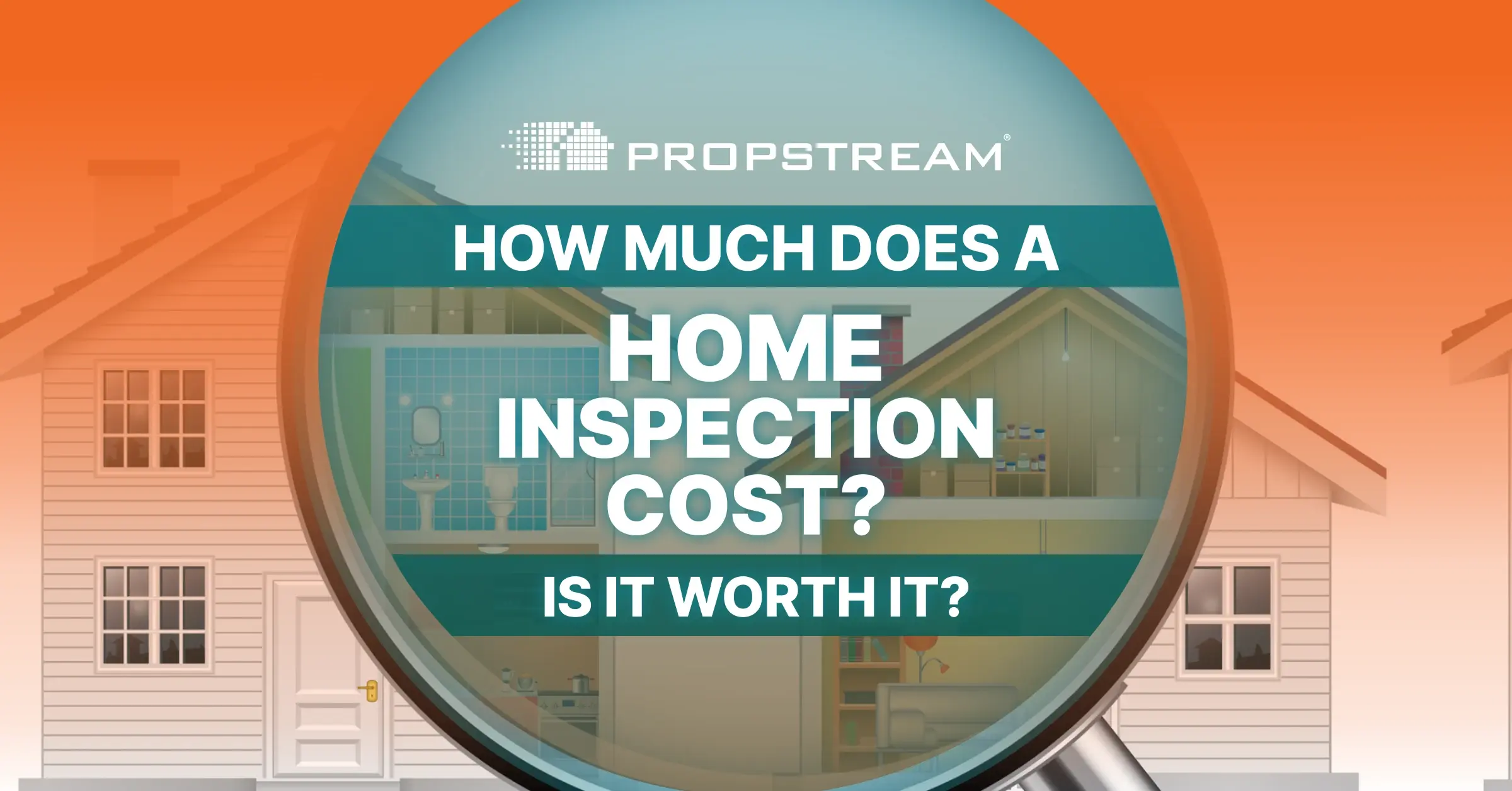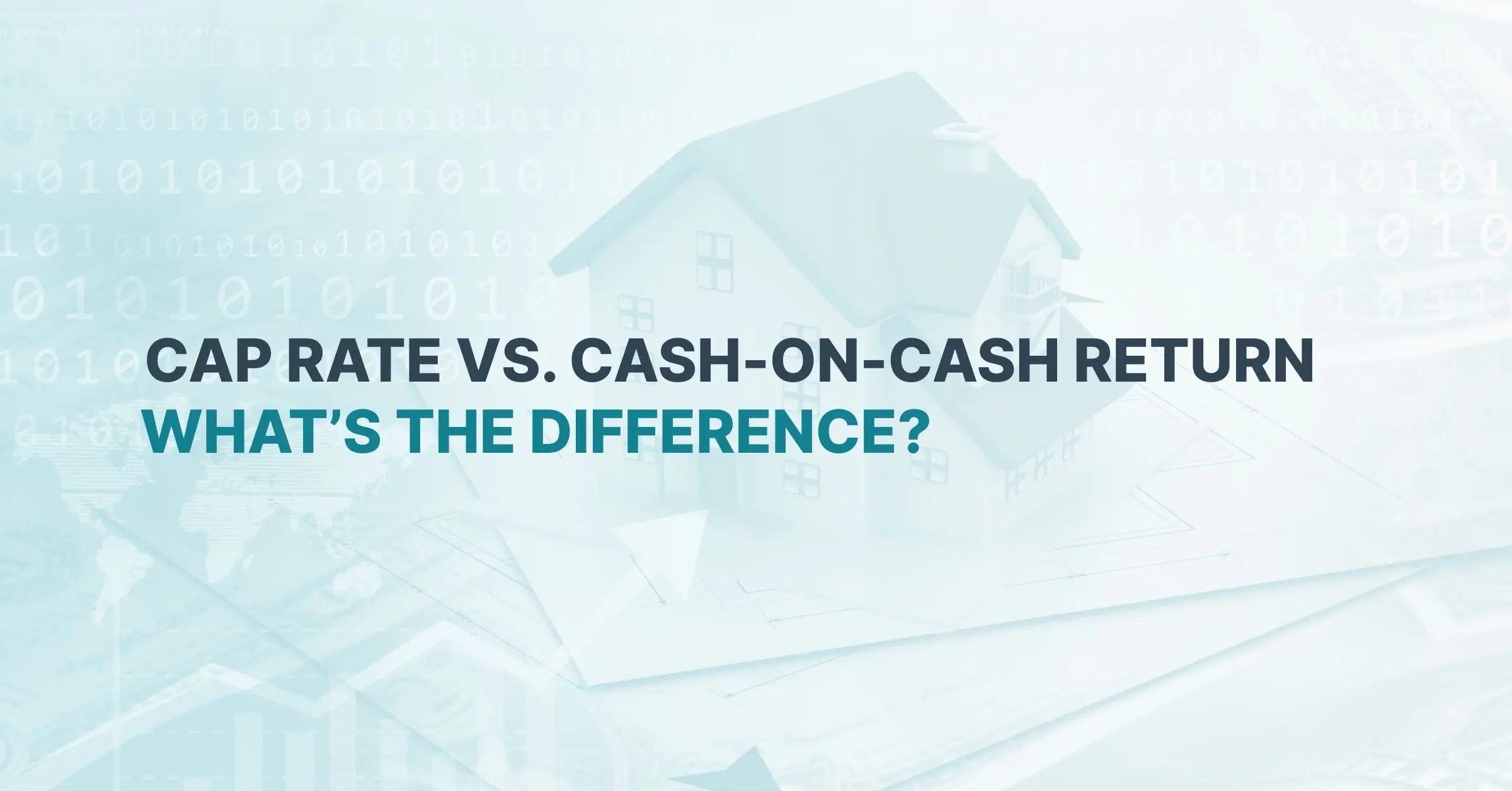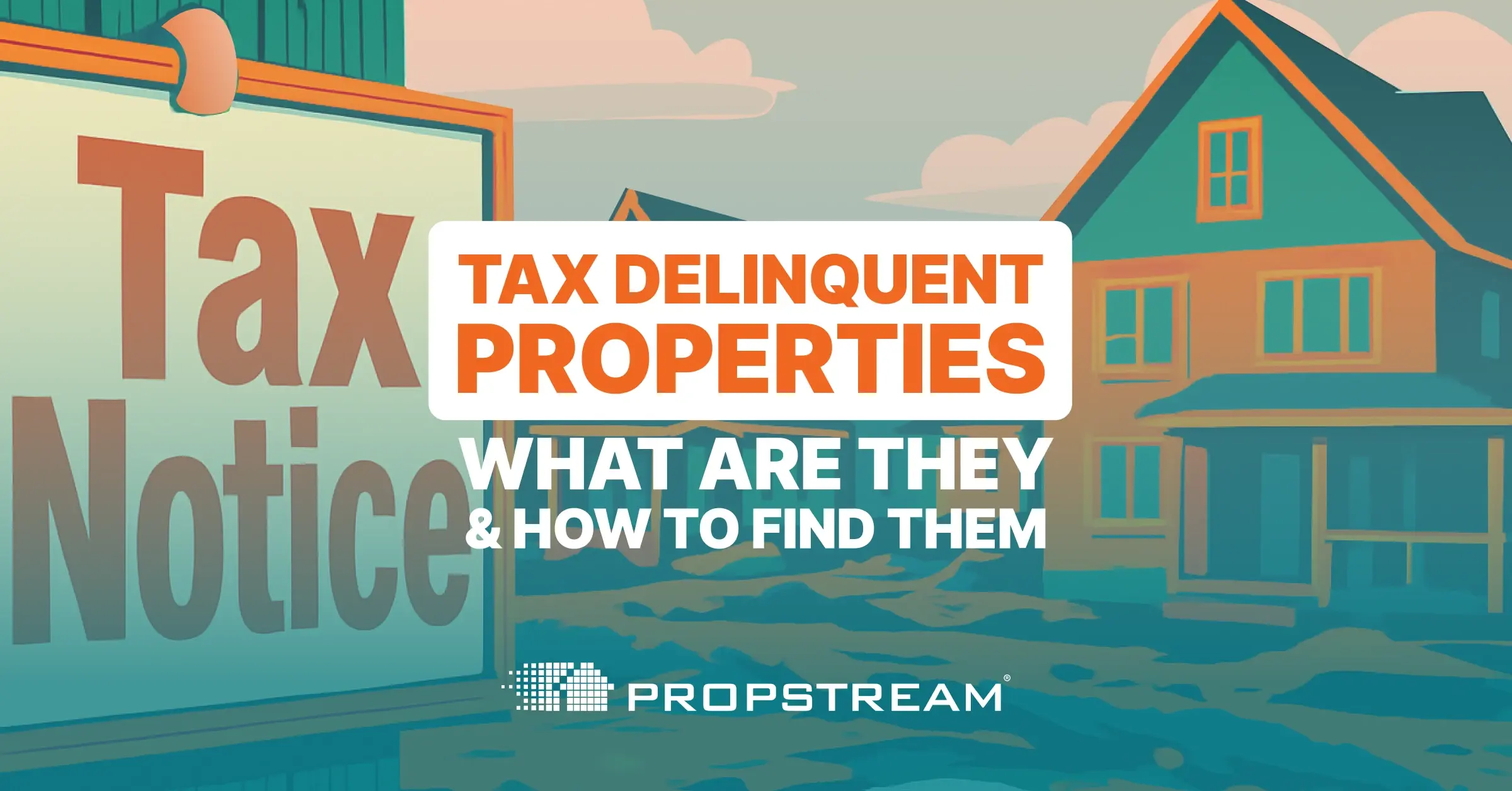Disclaimer: PropStream does not offer investing advice and/or profit promises. This article is for educational purposes only. We recommend doing your due diligence and/or consulting financial professionals before passively or actively investing in real estate.
|
Key Takeaways:
|
From large nationwide developers to small mom-and-pop landlords, real estate investors come in many forms. However, one of the most basic ways to classify them is active vs. passive real estate investors. Read on to learn the difference between the two strategies, the pros and cons of each, and how to choose the right one for you.
Active vs. Passive Real Estate Investing: What’s the Difference?
Active real estate investing means direct involvement in the purchase, renovation, management, or sale of properties. For example, it includes fix-and-flip investors, rental landlords, and any property owner who actively manages their assets.
In contrast, passive real estate investors contribute primarily capital to a deal while letting others handle the day-to-day property management. Passive real estate investing can mean buying shares in a real estate investment trust (REIT), participating in a crowdfunded real estate investment, or entering a real estate syndication as a limited partner (LP). Alternatively, it can mean direct property ownership but outsourcing all its management to a property manager to maintain a hands-off approach.
Active and passive real estate investing are often treated significantly differently by the IRS. However, both can be lucrative strategies with unique benefits and drawbacks.
Pros of Active Real Estate Investing
.png?width=1252&height=834&name=pros%20of%20active%20rei%20(1).png)
More control. Direct ownership provides more control over investment decisions. For example, you can choose which properties to acquire, force appreciation through strategic “value-add” renovations, and do your own work to create “sweat equity.”
Higher potential returns. Because active real estate investments tend to have more risk, they also tend to have higher potential returns. For example, a foreclosure acquired at a discount that’s renovated and resold for a profit has the potential for a high return in a short period. In Q1 2024, U.S. flippers made an average gross ROI of over 30%.
Tax deductions. Since the IRS often treats active real estate investors as business owners, they can typically write off common losses and expenses, such as depreciation, mortgage interest, maintenance costs, etc. Consult a tax professional to learn more.
Cons of Active Real Estate Investing
Time commitment. Actively managing real estate investments takes time and effort. Between finding and retaining quality tenants to keeping the property in good condition, there’s a lot of work to do. For some, being a landlord can become a full-time job.
Required knowledge and skills. Active real estate investors must be deeply familiar with their market and develop skills for acquiring and managing profitable properties. While much can be learned on the job and from mentors, you won’t get far without serious study and practice.
Harder to scale and diversify. Because active real estate investing requires you to tie up a lot of money in each property, liquidating assets and redeploying capital to scale your portfolio can be more challenging. Furthermore, direct management can keep you tied to a specific market, making it harder to diversify geographically.
High upfront cost and risk. Actively managing a property typically involves buying it yourself or raising capital from others as a general partner (GP). Either way, the upfront cost (and risk by extension) can be considerable. For instance, a 20% down payment on a $500,000 house is $100,000.
Pros of Passive Real Estate Investing
.png?width=1252&height=834&name=pros%20of%20passive%20rei%20(1).png)
Lower barrier to entry. These days, you can buy a share in a REIT or crowdfunded real estate deal for as little as a few dollars. This gives those with little capital access to institutional-grade real estate investments they otherwise wouldn’t have.
Hands-off approach. Passive real estate investing requires little time, effort, or skill because the day-to-day property management and business decisions are handled by professionals. For you, this means less commitment and more time for other priorities.
Controlled risk. Passive real estate investing risk can be mitigated. For example, many REITs invest in large portfolios of properties across different markets, offering diversification against potential losses. Furthermore, some LPs earn “preferred returns,” a specified return rate that they are entitled to before GPs can profit.
Easier to scale and diversify. Buying fractional shares in properties can expose you to a large variety of real estate. Additionally, it’s easy to sell shares and reallocate capital to scale your portfolio. Even if you own property directly, outsourcing property management can help you scale beyond what you could manage on your own.
Cons of Passive Real Estate Investing
Less control. Outsourcing property management gives you less control over your real estate investment. Consequently, you may miss opportunities to improve its performance or avoid potential pitfalls, depending on the property manager you trust.
Lower potential returns. Returns from passive real estate investing are often limited due to fees and syndication structures. For example, a REIT may charge an asset management fee that cuts into your profits, or syndication may be structured so LP returns are capped at a certain threshold.
Limited tax benefits. Passive real estate investing may not have the same tax benefits as active real estate investing. For example, the IRS may only allow you to use losses to offset other passive income. Furthermore, in syndication, some tax benefits may not flow to LPs. Consult a tax professional to learn more.
How to Choose the Right Real Estate Investment Strategy for You
Ultimately, the right choice between active and passive real estate investing depends on your personal needs, goals, and preferences. Consider the following:
- Do you like interacting with others daily?
- Are you available for regular maintenance issues and tenant calls?
- Do you prioritize a baseline return over higher potential returns?
- How much investment risk are you comfortable with?
- How much capital do you have available to invest?
- Do you prefer to control investment decisions or have an expert handle them?
- Are your natural talents and skills suited for property management?
- Do you plan on scaling your portfolio with properties in various regions?
These and similar questions can help you choose the best investment strategy for you.
Use PropStream to Find Active Real Estate Investment Leads
If you decide to go the active real estate investing route, PropStream can help. Our database of over 155 million properties nationwide with 120+ search filters makes it easy to quickly find property leads.
Plus, our Rehab Calculator can help you estimate renovation costs before taking on a fix-and-flip project. Whether you’re a first-time investor or a seasoned pro, PropStream is the perfect tool for streamlining your prospecting and due diligence processes.
Sign up for a free 7-day trial today and get 50 leads on us!
Frequently Asked Questions (FAQs)
What is the main difference between active and passive real estate investing?
Active real estate investing involves hands-on property management and decision-making, while passive real estate investing focuses on providing capital and outsourcing day-to-day operations.
Which is more profitable: active or passive real estate investing?
Both can be profitable, but active real estate investing tends to offer higher potential returns due to greater involvement and control, while passive investing may provide more consistent, lower-risk returns.
What are the tax implications of active vs. passive real estate investing?
Depending on whether you are classified as an active or passive real estate investor, your returns may be taxed as regular income or capital gains. Consult a tax professional to learn more.
Which is better for beginners: active or passive real estate investing?
While some active real estate investing strategies like house hacking can be great for beginners, passive real estate investments tend to require less upfront capital and know-how.
Can I combine active and passive real estate investing?
Of course! Many real estate investors diversify by engaging in both strategies, actively managing some properties while passively investing in others through REITs or syndications.
Subscribe To PropStream's Newsletter



